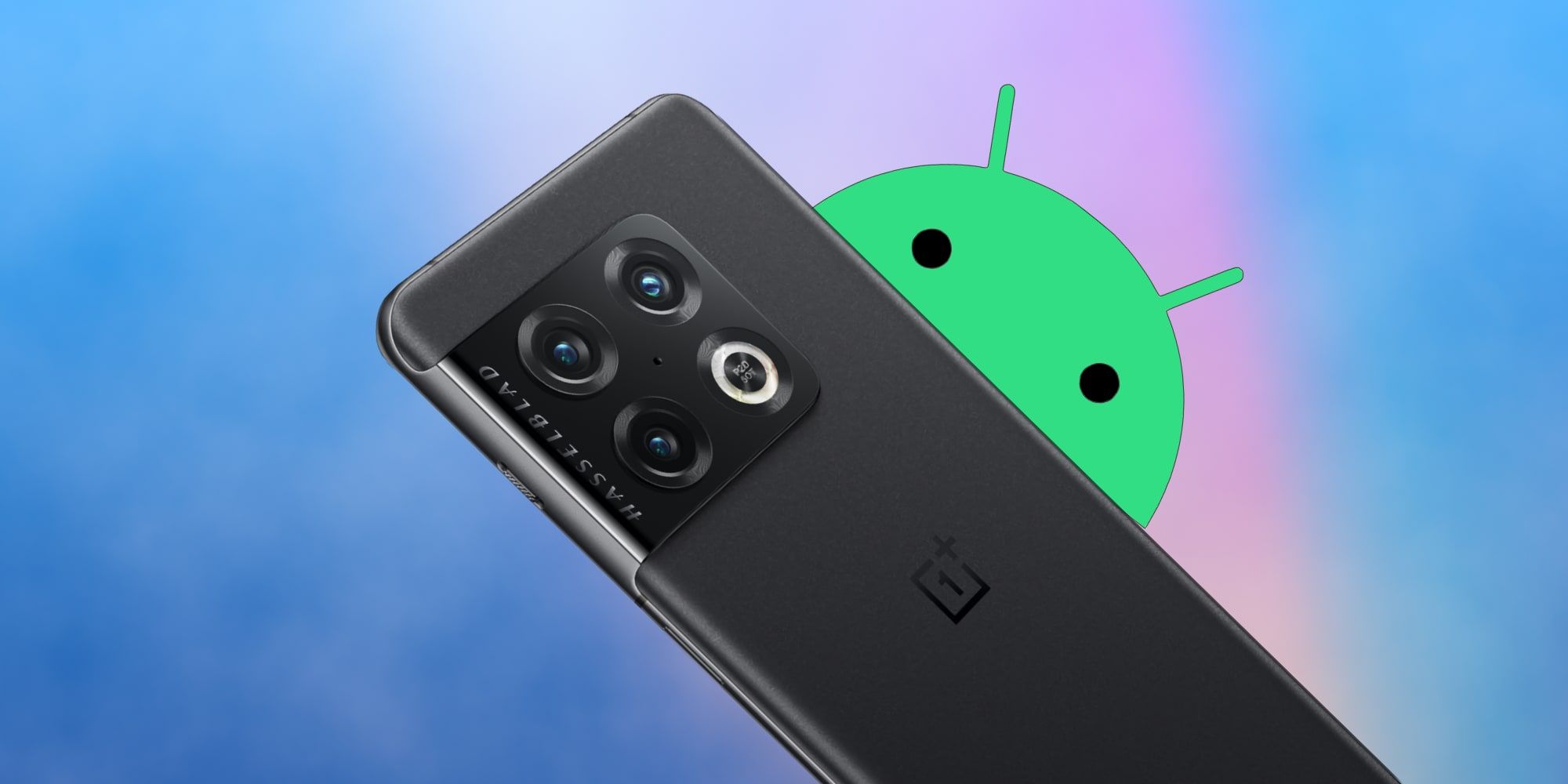Android devices are easy to use, and Google has also included a way to control an Android phone with spoken commands to make hands-free use possible. There are times when it isn’t possible or might be inconvenient to swipe or tap on the screen of a smartphone, and having an alternative method to control the device can be useful.
Android’s accessibility features have expanded greatly in the last few years. Features like Live Transcribe are a perfect example, converting human voices to on-screen text to allow conversations that bridge communication barriers for someone with a hearing impairment. TalkBack makes it possible for a person with a visual impairment to use an Android phone by listening to spoken descriptions of apps, controls, and content. While accessibility features are critical for some users, they can be beneficial to all.
Android phones have long had the ability to convert spoken words into text by using the microphone symbol on the keyboard. A much more powerful way of using sound to interact with a smartphone is to enable Voice Access, which accepts verbal commands for text editing, navigation, swiping, tapping, and more. It’s quite capable and can be useful when riding a bike, preparing a meal, or at any time the hands are busy but the phone needs to be used. This is an accessibility feature, of course, and quite helpful for users with limited hand mobility. To begin, users will need to download the Voice Access app from the Google Play Store. The Google app is also required. To start using Voice Access, the user should open the Settings app, tap Accessibility, then Voice Access, and turn it on. Google provides several different activation methods and a variety of options when using the feature.
Using Spoken Commands For Android

When using spoken commands to control an Android phone, it makes the most sense to enable ‘Ok Google‘ as a way to trigger Google Assistant. This allows Voice Access to be triggered with a command such as ‘Ok Google, Voice Access‘ after which speech will be interpreted as commands directed at the phone. Google Assistant is already quite powerful, helping with general questions and managing some functions on an Android phone even without Voice Access.
Several more specific commands are possible, such as browsing the web with Google Chrome or using Gmail. It’s also possible to navigate an app by dividing it into a grid. Saying ‘show grid‘ will segment the screen into multiple numbered squares and speaking a number is equivalent to tapping the control in that square. For finer control, speaking ‘more squares‘ divides the screen further. For faster access ‘fewer squares‘ works as well. Swiping and pinching can be done by saying ‘swipe left‘ or ‘pinch in,’ for example. When finished with the grid the user can say ‘hide grid‘. To learn about more commands, asking ‘what can I say?‘ will reveal a list of commands useful for the current screen. When finished with Voice Access, an Android phone user can just say ‘Stop Voice Access,’ making this feature easy to use whenever needed, and kept out of the way when it’s not.





